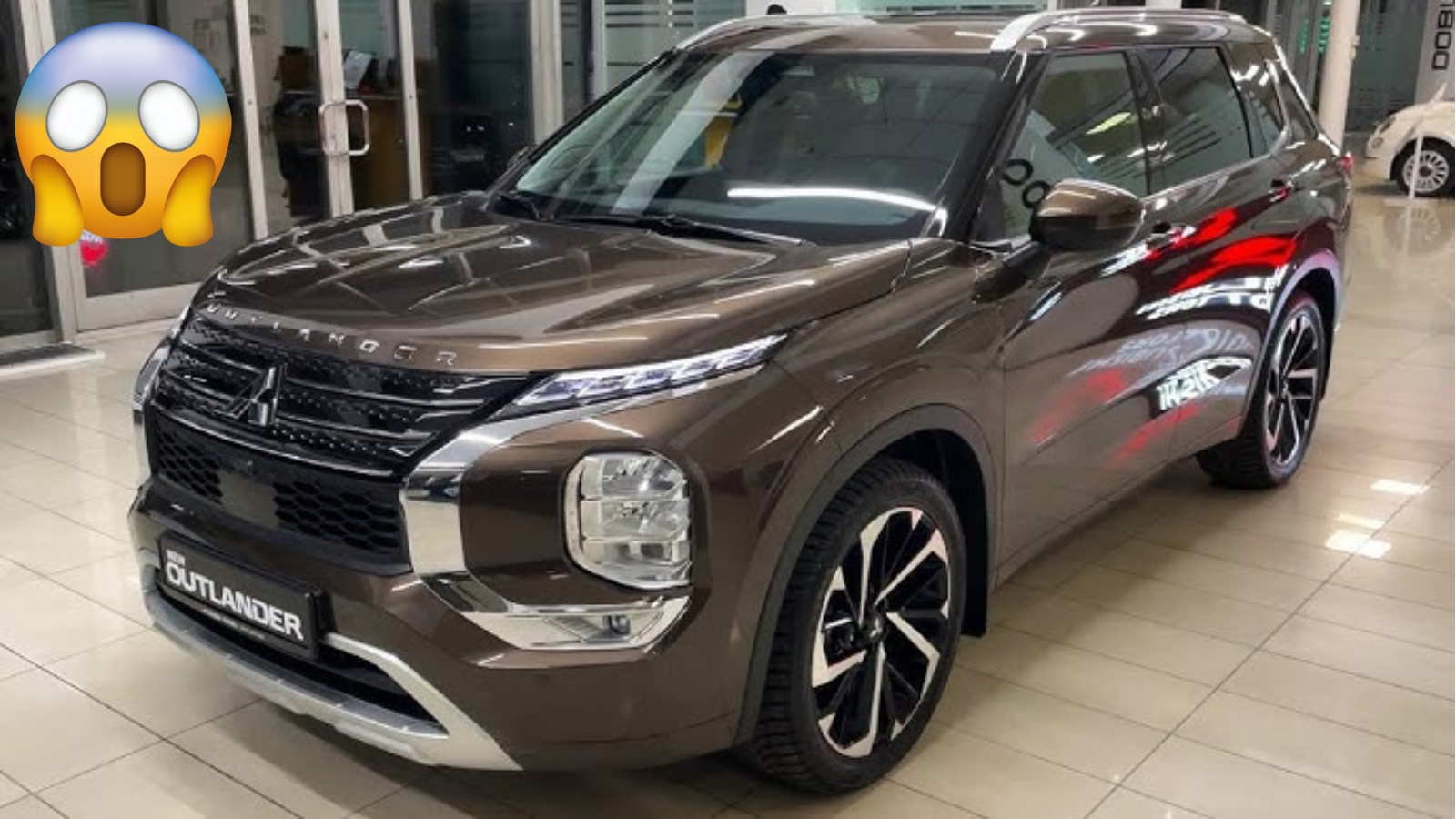The US market will receive a 1.5-liter turbocharged mild-hybrid system, while Australia may get a more advanced full-hybrid setup similar to Toyota’s RAV4 system, giving Australian buyers potentially better fuel efficiency and performance.
The popular Mitsubishi Outlander is heading in different directions across global markets, with exciting hybrid developments tailored to regional preferences. While American drivers will experience a new mild-hybrid setup, Australian customers might enjoy an entirely different approach that promises greater efficiency and capability.
US Market Gets Mild-Hybrid Technology
The US version of the Outlander is switching to a new 1.5-liter turbocharged four-cylinder engine with mild-hybrid assistance, replacing the current 2.5-liter naturally aspirated unit. This change represents Mitsubishi’s effort to improve fuel economy while maintaining the driving experience Americans expect.
The mild-hybrid system provides “electrified torque aiding off-the-line acceleration” according to Mitsubishi, though specific power and efficiency figures haven’t been released yet. This technology typically uses a small electric motor to assist the engine during acceleration and capture energy during braking, but can’t drive the vehicle on electric power alone.

Australia’s Different Path: Full-Hybrid Potential
Australia’s Outlander journey might take a more sophisticated route. Local market conditions and consumer preferences suggest Mitsubishi could introduce a full-hybrid system similar to what Toyota uses in the RAV4 Hybrid. This would be a significant step up from the mild-hybrid approach planned for the US.
Current Australian hybrid comparisons show strong consumer interest in more advanced electrification, with the Outlander PHEV already performing well against competitors like the Toyota RAV4 Hybrid and Nissan X-Trail e-POWER.
Why Australia Might Get Better Technology
Several factors point toward Australia receiving more advanced hybrid technology:
Market Success: Mitsubishi was the first carmaker to introduce a plug-in hybrid SUV in Australia, and its Outlander PHEV continues to be the top-selling PHEV model locally. This success creates a foundation for more advanced hybrid systems.
Local Development: The Mitsubishi Outlander’s local chassis tune will be exported globally, and its development program will be repeated for all future models. This suggests Australia plays a key role in Outlander development decisions.
Competition: With Toyota RAV4 Hybrid dominating Australian sales, Mitsubishi needs competitive technology to maintain market share.
Current Hybrid Landscape
The Australian market currently offers three distinct hybrid technologies in the mid-size SUV segment:
| Hybrid Type | Example Vehicle | Key Features |
|---|---|---|
| Plug-in Hybrid (PHEV) | Mitsubishi Outlander PHEV | 84km electric range, can run purely on electricity for daily commuting |
| Full Hybrid | Toyota RAV4 Hybrid | Claimed 4.8L/100km fuel economy, seamless electric/petrol switching |
| Range-Extender | Nissan X-Trail e-POWER | Electric drive with petrol engine as generator |
What This Means for Buyers
US Buyers will get improved efficiency over the current model, though the mild-hybrid system won’t offer electric-only driving capability. The downsized turbo engine should provide better fuel economy while maintaining adequate power for American driving conditions.
Australian Buyers might receive a more sophisticated system offering better fuel efficiency and the ability to drive on electric power at low speeds. This would position the Outlander as a stronger competitor to the dominant RAV4 Hybrid.
The Plug-in Advantage Continues
Both models are expected in Australia in mid-2025, and the successful Outlander PHEV will continue alongside any new hybrid variants. In the first half of this year, Mitsubishi sold 2,422 Outlander PHEVs, accounting for around 17 percent of total Outlander sales.
The PHEV remains attractive because it can travel for up to 54 kilometres on battery power only, before extending that range significantly by firing up its 2.0-litre on-board motor/generator.
These different approaches reflect each market’s unique needs and preferences. The US mild-hybrid system focuses on improving traditional driving while keeping costs reasonable. Australia’s potential full-hybrid system would target maximum efficiency and environmental benefits.
Consumer Benefits: Both approaches should deliver better fuel economy than current models, though Australian buyers might see more dramatic improvements if the full-hybrid system materializes.
Technology Leadership: Mitsubishi’s willingness to develop different solutions for different markets shows commitment to meeting local customer needs rather than taking a one-size-fits-all approach.
The automotive landscape continues evolving rapidly, and Mitsubishi’s regional approach demonstrates how manufacturers are adapting to local preferences while advancing electrification globally.
Frequently Asked Questions
Q: When will these new hybrid models be available?
A: Both models are expected in Australia in mid-2025, with US timing likely similar.
Q: Will the plug-in hybrid version continue?
A: Yes, the successful Outlander PHEV will continue alongside new hybrid variants in both markets.
Q: What’s the difference between mild-hybrid and full-hybrid?
A: Mild-hybrid assists the engine but can’t drive alone on electric power, while full-hybrid can operate on electricity at low speeds.
BYD and Tesla go head-to-head in Australia’s EV car market race
